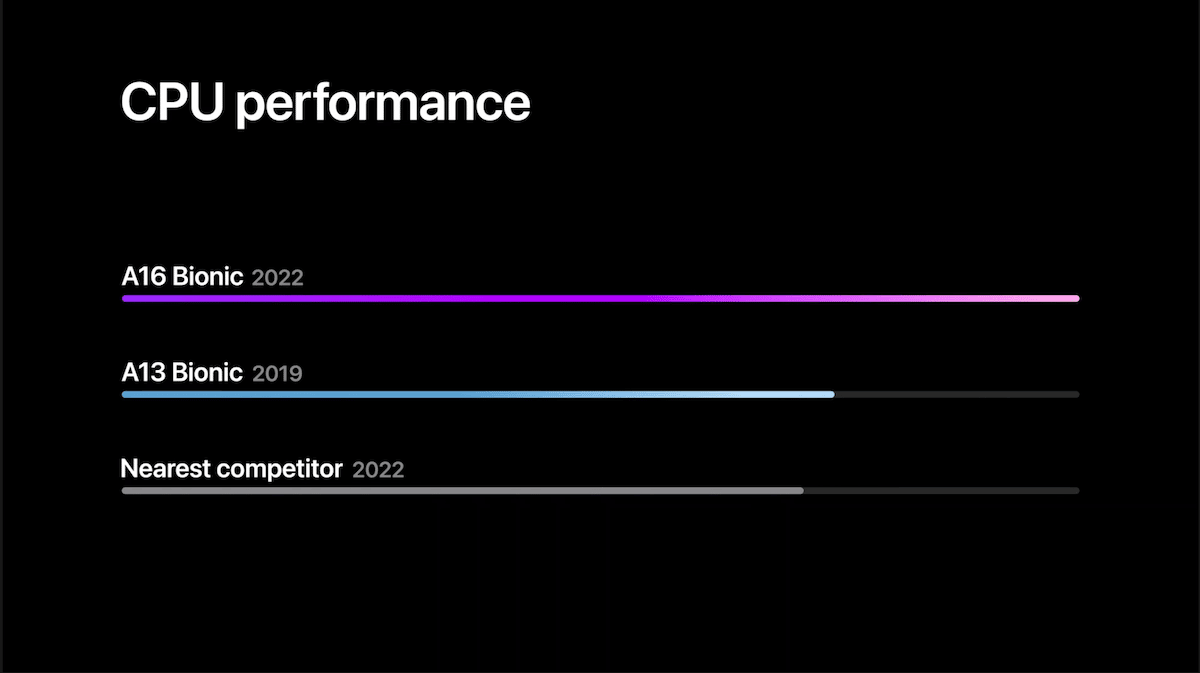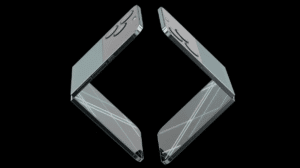This year’s new A16 Bionic chip, which is exclusive to the iPhone 14 Pro and iPhone 14 Pro Max, reportedly costs Apple $110 to produce. This makes the chip twice as expensive compared to last year’s A15 Bionic chip.

Last year’s A15 Bionic chip is manufactured based on TSMC’s 5nm process, A16 is based on the 4nm process
As reported by Nikkei Asia, Apple’s unprecedented move to only put the latest Bionic A-series chipset in this year’s higher-end iPhones could be due to the fact that the A16 costs more to produce.
As for why the chip is more expensive than the A15 Bionic chip, it is manufactured differently. Last year’s A15 Bionic is produced based on TSMC’s 5nm process. On the other hand, the A16 Bionic is based on TSMC’s 4nm process. Though benchmarks for the A16 Bionic do not show significant gains over the A15 Bionic, it does offer several benefits such as drawing less power and generating less heat.
When it announced the new A16 chip, Apple said that the chip offers 50% more bandwidth compared to its predecessors, while the CPU provides up to 40% better performance than the competition. However, it is important to note that it did not compare the performance of the new chip to last year’s A15 Bionic, or even the A14 Bionic. Apple compared the performance improvement with the A13 Bionic chip which was released in 2019 in the iPhone 11 lineup.

As for benchmark scores, they show that the A16 offers a 9% increase in single-core performance and an estimated 15% increase in multi-core score. The single-core score is higher by almost 150 points compared to the A15 chip, while the multi-core score is up by almost 700 points.
In related news, a report recently compared the architecture and performance of the A16 chip with the A15 chip to assess the gains the new chip offers. The conclusion from the report suggests that the new chip does not feature significant architectural, clock speed, and power efficiency upgrades. Therefore, it’s more like an updated edition of the A15 chip, the report specifically calls it an A15+.
Read more:



